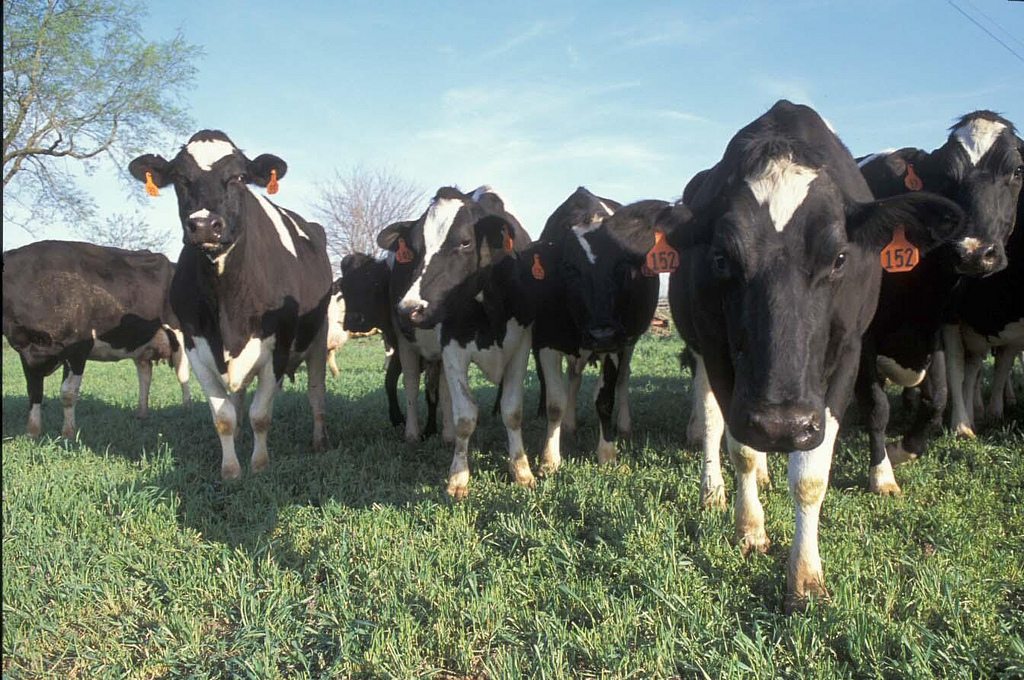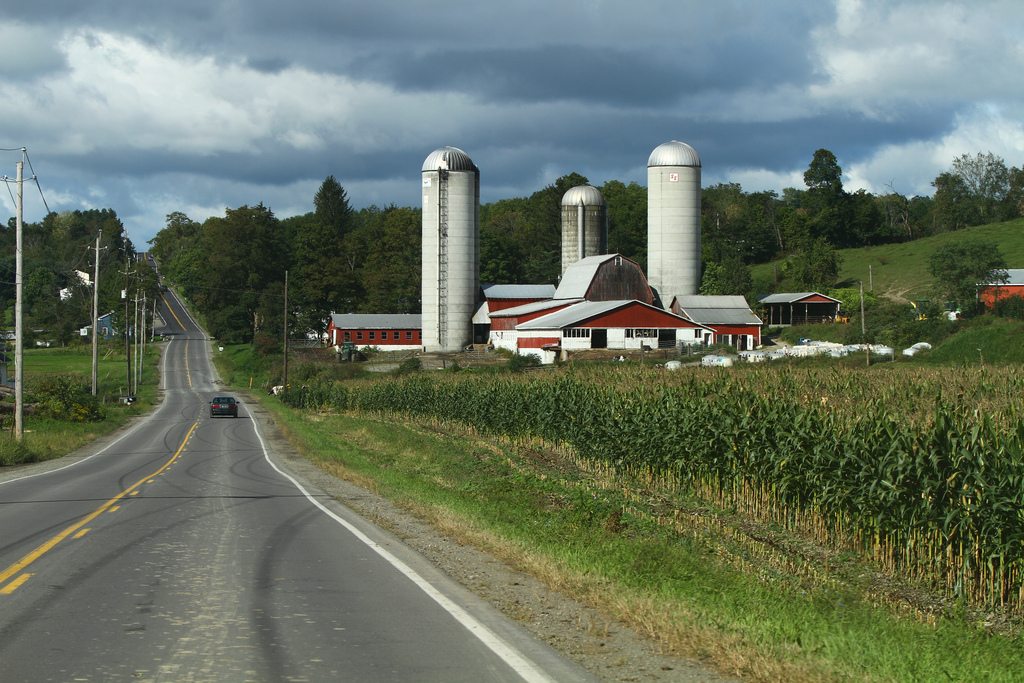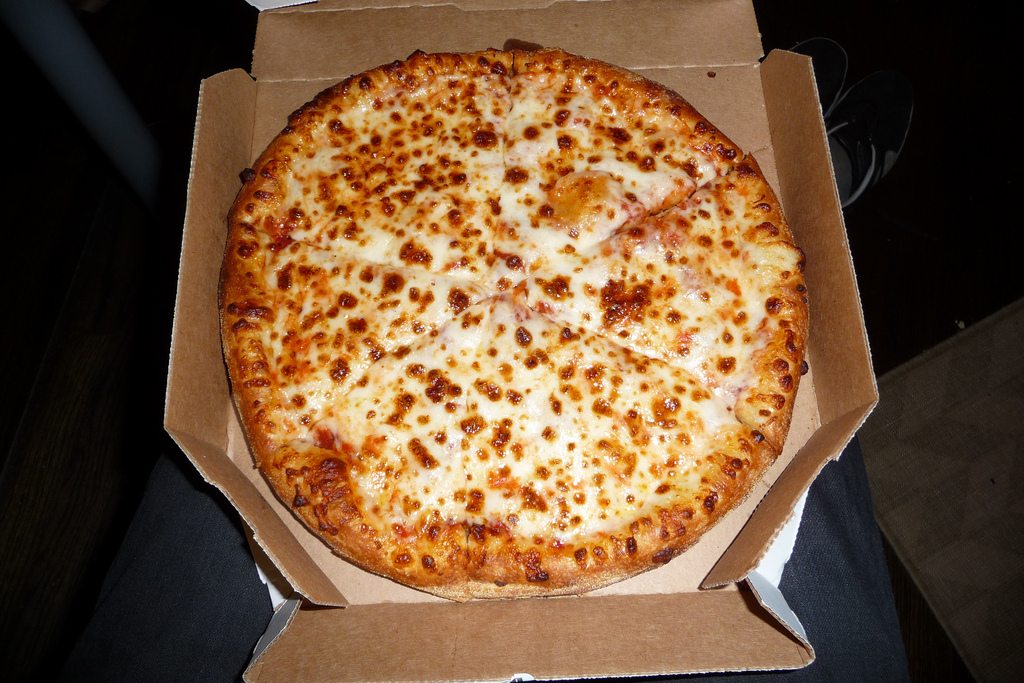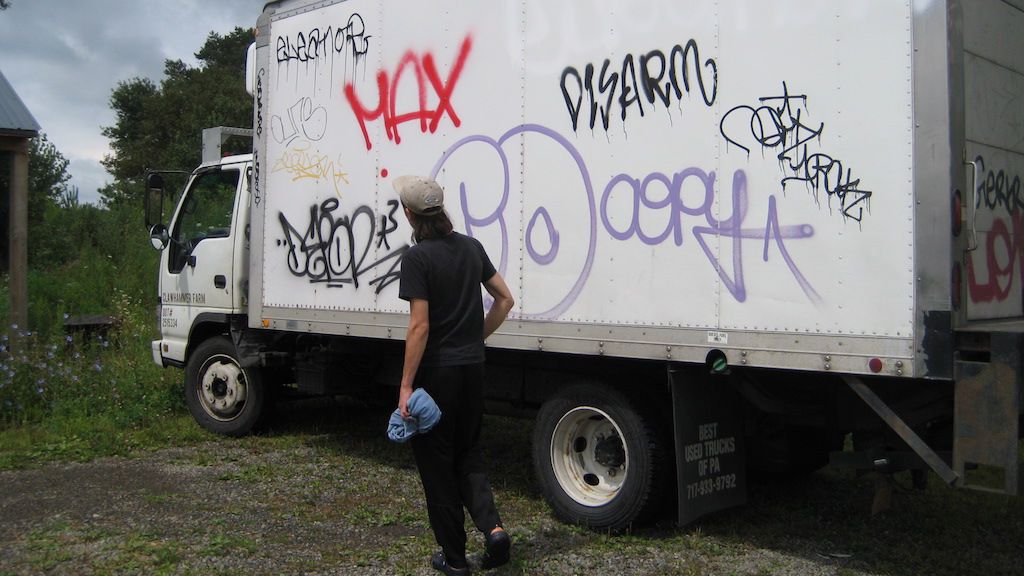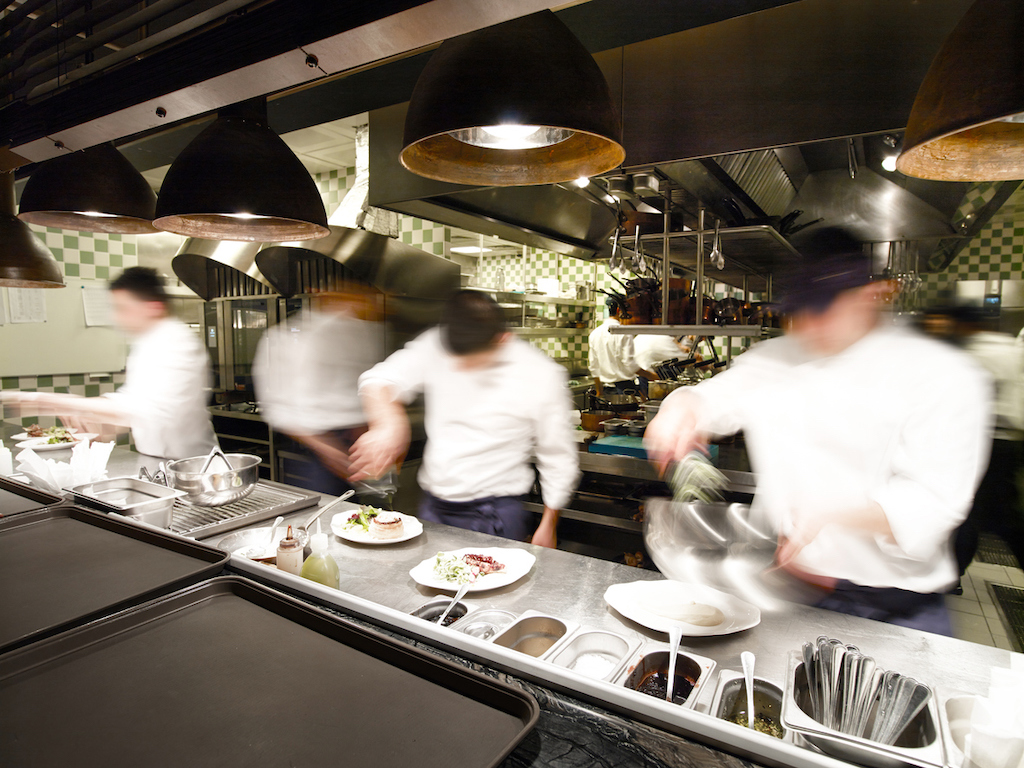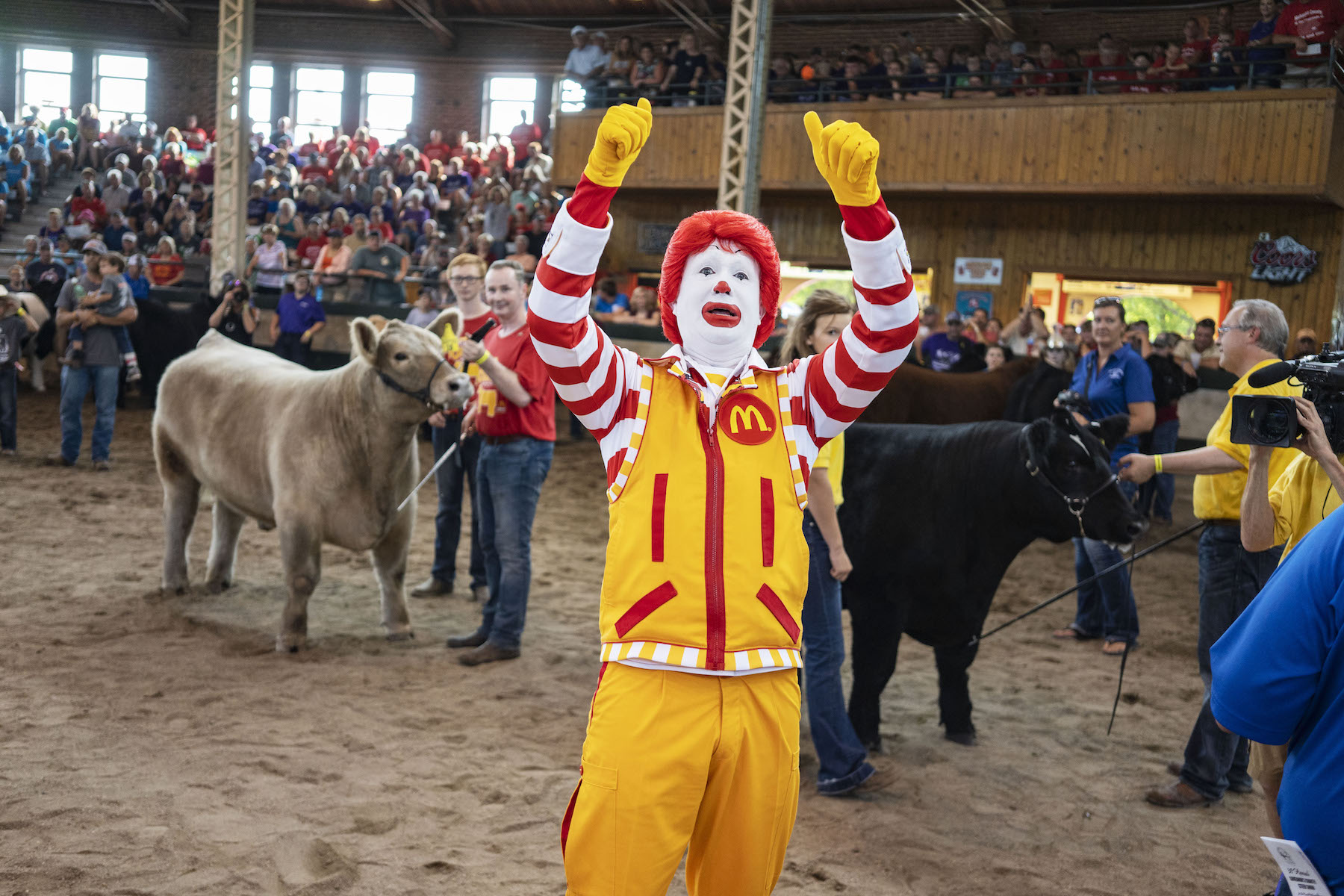On Tuesday in Marshall, California, dairy farmer Albert Straus did what he does every morning: hauled thousands of pounds of feed to his nearly 300 cows. The animals likely didn’t notice a change in routine, but their breakfast marked the endpoint of an 8-year journey to build what Straus believes is the country’s first-ever large-scale electric truck. Straus beat Tesla’s projected electric heavy-duty Tesla Semi rollout by two months.
And his truck is 100 percent powered by poop.
 Courtesy of Straus Family Creamery
Courtesy of Straus Family Creamery Straus Family Creamery’s groundbreaking electric feed truck
Straus’ farm has been running on its own electricity since 2004, when he built a methane digester that used his animals’ emissions to generate power. Every day, his cows’ manure is scraped out of the barn and separated into liquids and solids. The solids are composted and reused as fertilizer on Straus’ 500-acre pasture, and the liquids are fed into a pool. There, the liquids sit under a massive tarp that collects the methane gas as it’s released, while bacteria go to work on the waste. That methane gas is then used as fuel in a combustion engine, which drives a generator and powers the entire farm. Straus estimates it takes about a month for a cow pat to go from barn floor to battery.
The electric truck is the most recent addition to this self-sustaining system; the methane-generated power was already providing enough energy to fuel the dairy’s vacuum pumps, refrigeration, lighting, and batteries for other electric vehicles. There’s energy to spare, too—enough that it gets fed back into the system and sold to Pacific Gas and Electric.
 Straus Family Creamery
Straus Family Creamery “We don’t have to go very far very fast,” Straus says, adding that the truck needs to travel only a few miles at a time. “We just need to have enough power to mix the feed and feed it out.” To date, the longest trip the truck has made was a 17-mile stretch from the mechanic to the farm, topping out at about 40 miles per hour.
 Numbers via Albert Straus
Numbers via Albert Straus Eight years, one burned out motor, and $130,000 later, Straus estimates the truck will save $7,200 per year in fuel costs and $3,000 in maintenance. He expects a return on investment of 8 to 13 years. “We probably paid an extra $30,000 because we just had to make some changes,” he says. A brand-new version of the diesel truck he replaced costs between $65,000 and $100,000.
Of course, most dairy farmers likely don’t have $130,000 and eight years to devote to replacing a truck, not to mention the $334,680 Straus spent on his methane digester. But he hopes the state will collaborate with farmers to incentivize the costly build-out process.
“I’m talking to the State of California about a revolving loan fund that would be a pay-as-you-save type model, where the farmer would pay back a loan through the income coming from the power generation,” says Straus.
And such an incentive would be timely: The California state legislature on Monday voted in support of a pair of bills—Assembly Bill 398, an extension of the cap-and-trade program, and Assembly Bill 617, a companion air pollution measure—that, among other things, would require dairy farmers to reduce methane emissions by 40 percent by 2030. Governor Jerry Brown on Tuesday signed those bills into law.
Though some large-scale methane digesters—the ones that serve farms with thousands of cattle—don’t pay for themselves for between 12 and 15 years, Straus is hoping newer systems will come with a 3- to 4-year return on investment. Combine that shortened time span with an appealing pay-as-you-save model, and methane digesters start to look feasible for dairies hoping to comply with new regulations. “It’s definitely scaleable,” he says.
Straus estimates about 25 methane digesters were built in California in the mid-aughts, with 15 to 18 still functional. Some were shut down because farms went out of business. Others failed because “it’s such a burden on the farmer to run an enterprise—a power generation enterprise— that takes their focus away from farming.” That’s why he also hopes companies, like one he’s working with in Washington State, will step up as contractors to build and operate methane digesters. Then farmers will be able to enjoy the financial and regulatory benefits without bearing the burden of operating a miniature power plant and a functional dairy at the same time. Straus manages his system using his own employees, but readily admits that his farm probably has a larger staff than average.
Straus’s overall goal is to sequester 2,000 metric tons of carbon dioxide equivalent per year for twenty years. Eighty percent of that sequestration happens via the methane digester, and the remaining 20 percent comes from his compost and grazing operations.
But beyond operating a climate-friendly farm, Straus says he hopes to help other dairies manage carbon emissions in ways that make sense for both their finances and their sleep schedules. “Our mission is to help sustain family farms and organic dairy farms in Marin county, and to help develop rural communities through education and advocacy throughout the world,” he says.
Straus’s next project involves converting a John Deere loader—”a tractor that has a big bucket on the front”—from diesel to electric. He’s also experimented with electric powered four-wheelers, but so far the engines are too weak. In the meantime, he’ll keep on truckin’ a couple miles at a time.
